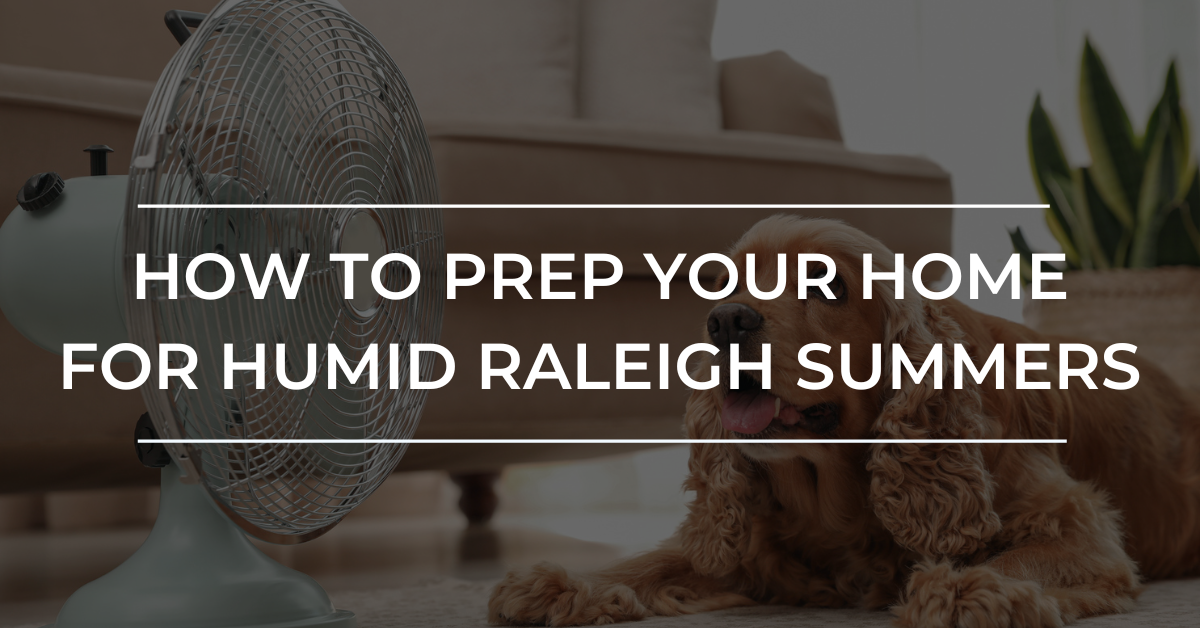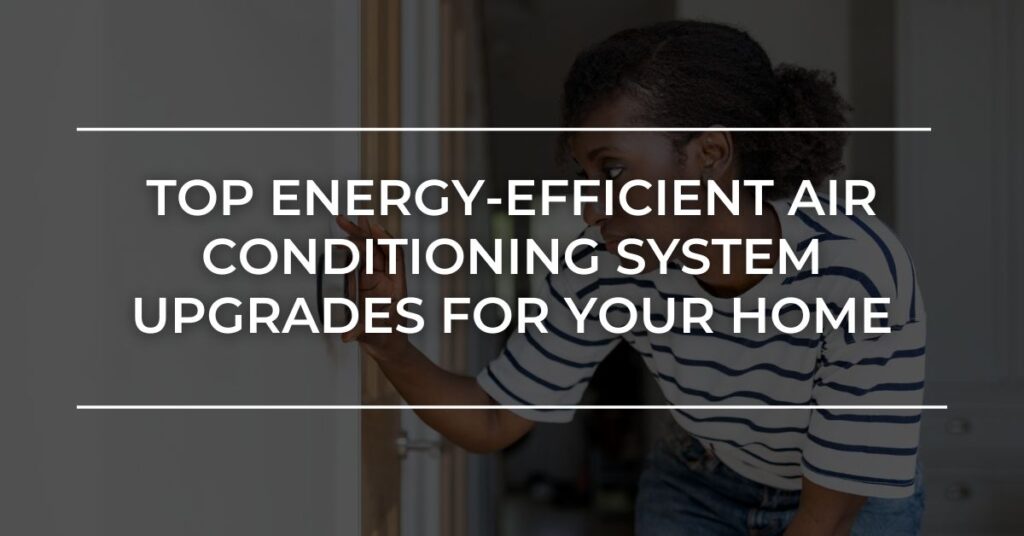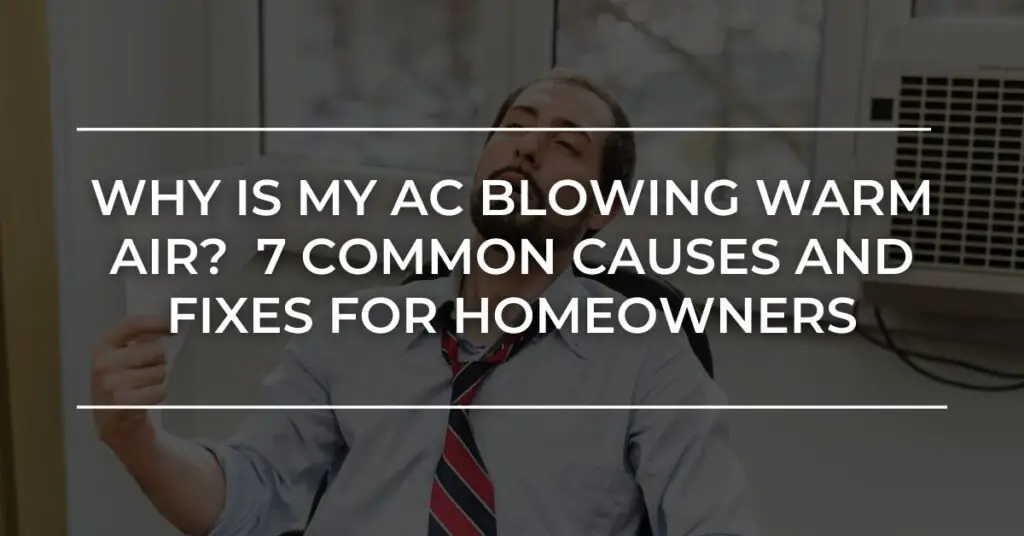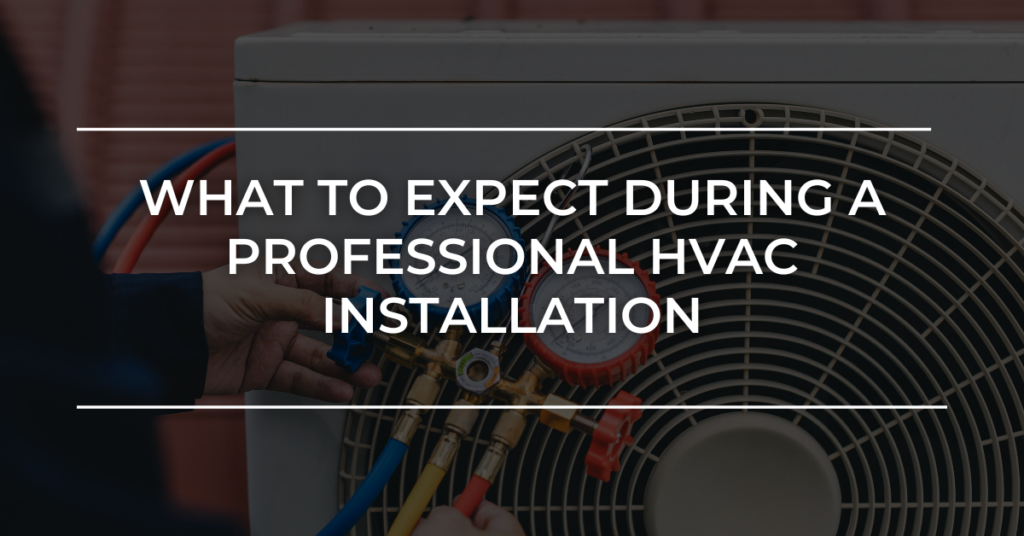
It’s no secret Raleigh, North Carolina summers can be sticky and hot.
And if you’re staying indoors in a house with warm and damp air, you know how uncomfortable it can feel.
A house can start to feel this way when its indoor environment holds a high amount of water vapor due to less evaporation.
Now, you’re living in spaces that feel too warm. And contain less breathable air (even if your thermostat shows a lower temperature).
So, how can you prevent this icky situation? And why does it matter?
Ahead, we’re going to show you how to keep your home more comfortable and drier this summer (and the major benefits of doing so).
Always Start by Setting the Correct AC Temperature
The temperature you set your thermostat on plays a key role in ensuring healthy humidity levels in your home.
Through Energy Star, The US Department of Energy (DOE) recommends setting your AC to 78 degrees Fahrenheit during summer months.
But, the most accurate way to find out your ideal temperature is by first looking at your average outdoor temperature.
For lower electricity bills and greater energy efficiency, try to lessen the difference between your indoor and outdoor temperatures as much as possible.
Taking this step will ensure your HVAC system expends less energy too.
Why Prepping Your Home for Summer Weather Matters
How you set your overall home’s temperature in the summer months depends on your location’s humidity levels.
This is crucial. If you’re not setting the correct temperature for your home, you risk using more energy (that you don’t actually need).
More energy = more expensive energy bills.
Plus, according to DOE, home cooling and heating account for about 48% of your total energy costs.
So if you’re not monitoring humidity levels in your home, for the sake of your budget, it’s time to start tracking.
The First Thing You’ll Need to Prep for Humid Raleigh Summers
Good news: it’s pretty easy to prep for humid Raleigh summers.
Since the ideal indoor relative humidity level should fall between 30-50%, all you need to do is buy a device that can track these levels for you.
Keep in mind when typical insulation gets wet, you need to replace it. Whereas blown-in foam retains its proIf you have a humidifier, check to see if it has a built-in humidistat. This tool will monitor your home’s humidity level. Some smart thermostats also have this feature built-in.
If it’s missing, you can buy a hygrometer for about $20 from Amazon or a hardware store.
Top Tip: One of the best solutions to moisture control your whole house is to invest in a portable ENERGY STAR-rated dehumidifier that will wring moisture from your air.
Ways to Keep Your Humidity Levels Down
Luckily there are easy steps you can take to prepare your home for humidity.
First, start by insulating your water pipes. If there is a temperature difference between your water pipes and the humid air in your home, condensation will begin to form on your cold water pipes. Insulating your hot water pipes will also prevent heat loss between your hot water heater and tap. Taking these steps will result in you using less water and heating—all while keeping your energy bill in line.
Clean your clothes dryer vent regularly. An improperly vented clothes dryer can dump some (or all) water from your wet clothes into the air. This is why you should seal your venting system from the back of your dryer to the exhaust port on your home’s exterior.
Vent your stove and bathroom fans outside. Exhaust fans from cooking surfaces or bathrooms that only vent into your attic will redistribute humidity within your home. This is why your fans should be vented to the outside (continuously checking your system for any leaks).
Exteriors Tips to Reduce Indoor Humidity
Controlling your humidity levels also depends on staying on top of your house’s exterior. Take the below steps:
Monitor drainage around your home. Rainwater and runoff from your downspouts and gutters can flow towards your foundation and leak (or leech) into your home’s structure. Solution: redirect this water away through landscaping and by sealing your foundation.
Seal air leaks. Always look out for places where your outside air is leaking in (and conditioned air is leaking out). Check your doors and windows too. Do you see any cracked air seals? Weatherstrip and caulk when needed. Sealing air leaks is one of the most cost-effective ways to improve air comfort while cutting down energy costs.
The Downsides of a Humid Home
When you don’t take measures to prevent moisture from building up in your home, you can cause a “building envelope” to form.
This occurs when a house has too much humid air, potentially damaging the structure of your home, including your carpeting, wood, and hardwood floors.
Excess moisture in your air can also cause mold and mildew.
Mold can cause many health effects.
According to the CDC, mold can cause coughing, wheezing, burning eyes, skin rashes, and more. Plus, people who have asthma, allergies to mold, or chronic lung disease can all experience even more severe reactions (including lung infections).
Save money on cooling costs this summer by getting your preventative maintenance package today!
Keep the humidity outside this summer. Contact us today for a FREE quote on preparing your home for humid weather.




